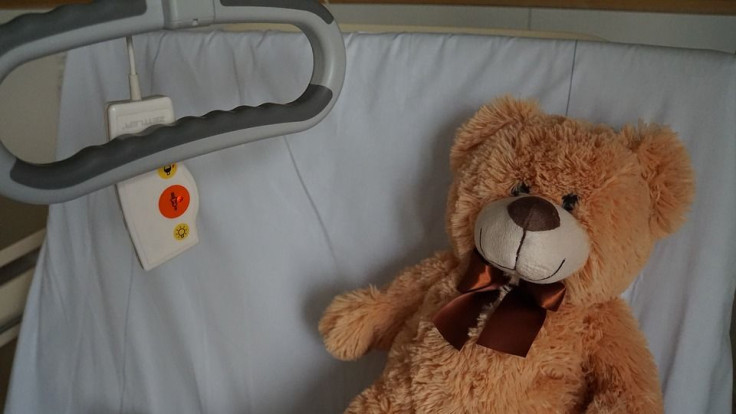Breathless Teen Misdiagnosed With Asthma Actually Swallowed A Pen Cap

KEY POINTS
- The 13-year-old boy was complaining of breathlessness and a whistling sound in his breath
- He told doctors that he accidentally swallowed a pen cap
- A CT scan showed that there was an obstruction on the right side of his lungs
A teen in India who was initially thought to be showing symptoms of asthma actually had a pen cap stuck in his lungs, according to a report.
The 13-year-old boy was complaining of breathlessness and a whistling sound in his breath when he was brought to a local physician in his area for treatment last week, the Times of India (TOI) reported.
After some quizzing, the teen admitted that he accidentally swallowed a pen cap. But the physician ruled out the possibility of the boy having a foreign object stuck in his lungs after an X-ray showed no obstruction.
It was only after the teen was referred to an ear, nose and throat (ENT) doctor and then a pulmonologist at Manipal Hospital Dwarka that the real cause of his breathlessness was discovered.
"He didn't have a history of asthma. So he was further referred to a pulmonologist," Dr. Puneet Khanna, a respiratory medicine consultant at Manipal Hospital, said, according to TOI.
"A CT scan showed us that there was an obstruction on the right side of the lungs and something was blocking the airways. We decided to go for minimal sedation. Then through a fiber optic bronchoscope, we went inside through the mouth and the cap was pulled out," Khanna added.
The doctor advised parents whose child ingests a foreign object that the first step they should take is to locate which part of the body it is stuck in.
"Just assuming that an object has passed through the food pipe can be dangerous," Khanna said.
Doctors at Kochi, India, said last year that children between the age of 1 and 3 years old are the most at risk of foreign body aspiration.
Peanuts are reportedly among the most commonly aspirated foreign body in children.
If they go "down the wrong way" after being swallowed, peanuts can enter the airways or lungs, which could result in choking, TOI reported in 2022. They have oil that leads to inflammation and edema inside air passages.
The other most frequently aspirated foreign bodies in very young children include dals, chicken bone, rice particles, pieces of whistle, coins, balloon pieces, toy parts and even button batteries.
"An aspirated foreign body into the lungs is a potentially life-threatening event. It is one of the most dramatic pediatric emergencies. In coordination, swallowing generally leads to aspiration. Depending on the size, shape, and nature of the aspirated foreign body, it can lodge in the larynx, trachea or one or both lungs," Dr. Tinku Joseph K, chief interventional pulmonologist at Amrita Hospital in Kochi, told TOI.
"It is a completely treatable, and to a certain extent, preventable situation. But delay in recognition often leads to chronic complications," he added.

© Copyright IBTimes 2025. All rights reserved.






















